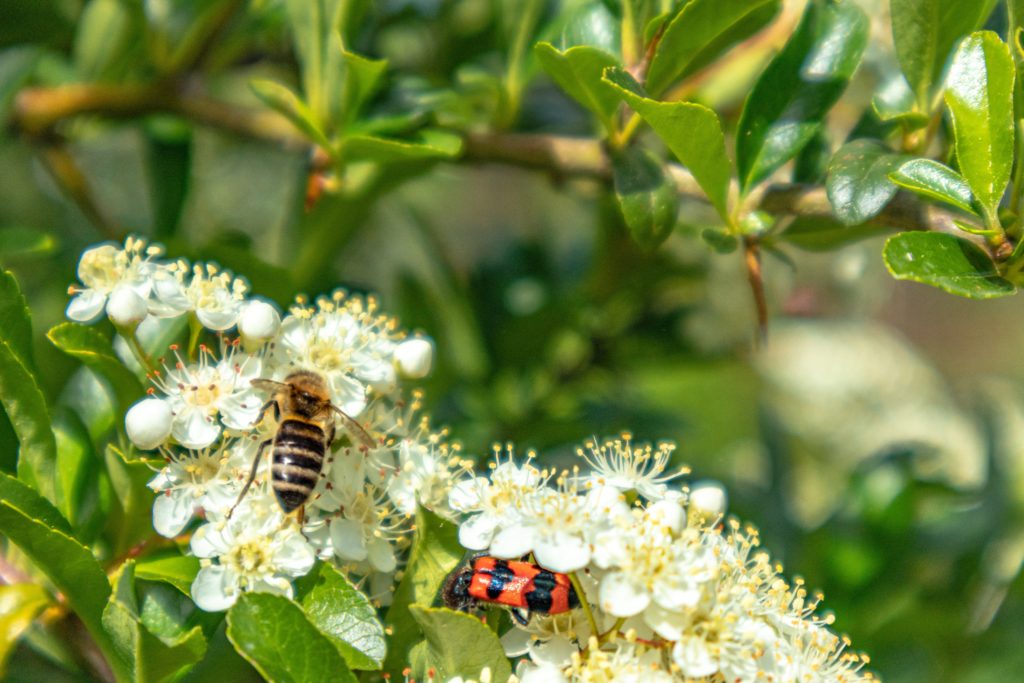Scientists estimate there are over 30 million insect species on earth. Most of them are as of yet unidentified. Like other living things, insects have some distinctive physical characteristics. They also have different ways of surviving and communicating.
Insects are often fun to study from afar. But when they get too close, that’s another matter. If bugs threaten to limit your family’s quality of life, call a professional before the problem gets too bad. At All Solutions, we guarantee results.
These are the facts that made our hit parade. Admittedly, some of them are more interesting and fun than others.
All insect bodies have three different parts: a thorax, head, and abdomen.
Each insect in the world has two antennae. If it does not have two antennae, it’s not an insect. It could be an arachnid or something else.
Likewise, each insect has three pairs of legs. If it has more or less, it is something else.
Gerridaes (water striders) and some other insects are light enough and fast enough to walk on water.
People usually live together in communities, and many insects, such as termites, bees, and ants, live together in colonies. These colonies are very well-organized.
Female crickets don’t chirp.
All insects are cold blooded, which means they cannot control their own body temperatures. That explains why Mom has trouble keeping them out of the kitchen. They need to stay in warm places.
Even today, silkworms are still the primary silk producers in the world.
Generally, but not always, insects come from eggs.
Some cicadas generate sounds as loud as 120 decibels. That’s the equivalent of a jet airplane’s engine.
Spiders are not insects. But don’t take our word for it. We dare you to count the pairs of legs and find out for yourself.
Bees live everywhere except Antarctica.
Why do female mosquitoes suck your blood? They extract nutrients from it to produce eggs.
As ants crawl, they leave invisible pheromone trails. These trails are more than roads for other ants to follow. They are also a form of communication.
A mosquito’s life cycle features four stages: egg, larva, pupa, and adult.
To learn more insect factoids, or to get rid of the ones in your house, give All Solutions Pest Control a call.
